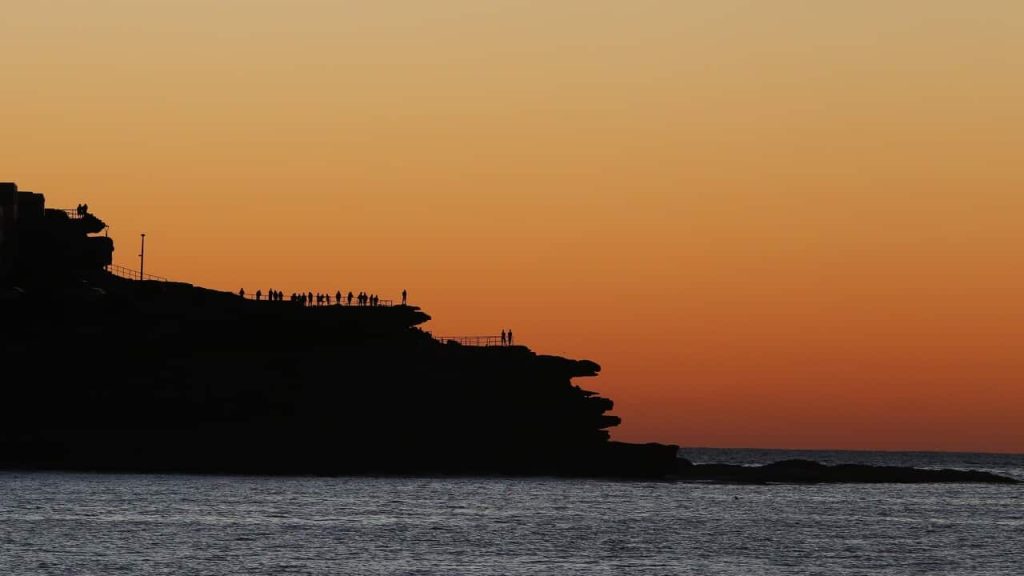Australia’s High-Risk Weather Season: What to Expect
Australia has officially entered its high-risk weather season, bringing with it a mix of heat, rain, and fire. The Bureau of Meteorology’s (BoM) long-range forecast predicts an “unusual” weather pattern over the next four months, including tropical cyclones, bushfires, severe weather, heatwaves, and floods in various parts of the country. While not a definitive prediction, this forecast serves as a warning for heightened risks during the summer months.
A Higher Risk of Bushfires
The BoM has highlighted a greater likelihood of bushfires across Australia this summer. Dr. Karl Braganza from the bureau warns that despite a wet December, major fires may still occur in January and February, especially under drier conditions. However, increased rainfall could help alleviate this risk. Minister for Emergency Management of Australia, Jenny McAllister, emphasized that the southern regions, particularly South Australia’s lower coastal south-east and the lower Eyre Peninsula, are at heightened risk. Victoria, northern and central New South Wales, and the southern half of the Northern Territory are also facing increased threats of bushfires.
“Unusually High” Rainfall
Expect a wetter Christmas than usual, with above-average rainfall predicted for most of Australia, especially in December. Certain parts of eastern and north-western Australia may experience “unusually high” rainfall. According to Braganza, the long-range outlook from the bureau indicates increased odds of a wet December in the eastern and north-western regions of Western Australia.
Warmer Days and Nights, Heatwaves
Heatwaves are a common occurrence in Australia, and this summer will be no exception. Warmer-than-average days are expected across large parts of the country from December to February. Additionally, warmer-than-average nights are likely in almost all of Australia, with northern, eastern, and western regions experiencing “unusually high” overnight temperatures. Braganza warns of a warmer-than-average summer with a risk of extreme heat, particularly in the north, urging vulnerable individuals to take precautions. McAllister stresses the importance of preparedness, especially for those in high-risk areas, as heatwaves are a significant natural hazard.
Cyclones, Severe Storms, and Floods
Australians on the east coast should prepare for a summer of severe storms, according to McAllister. Some parts of the country may also face a higher-than-average chance of severe cyclones. Braganza notes that December raises the risk of flooding, particularly in the east, and could lead to more severe tropical cyclones than in previous years. On average, four cyclones make landfall during high-risk weather seasons.
Advice for the Incoming Summer
Experts recommend that individuals in high-risk areas prepare for potential weather hazards by understanding the risks in their local area, creating a plan, and assembling a kit with necessary supplies in case of evacuation. Special consideration should be given to those with special needs. McAllister emphasizes the importance of listening to authorities and following their advice, warning against complacency and urging proactive preparation.
In conclusion, Australia’s high-risk weather season brings a mix of challenges, from bushfires to floods, heatwaves, and cyclones. It is crucial for individuals to stay informed, prepared, and vigilant in the face of these weather-related threats.
FAQs
1. What should I do to prepare for the high-risk weather season in Australia?
Experts advise understanding the risks in your local area, creating a plan, assembling a kit with necessary supplies, and listening to authorities for guidance.
2. Which regions in Australia are at a higher risk of bushfires this summer?
South Australia’s lower coastal south-east, the lower Eyre Peninsula, Victoria, northern and central New South Wales, and the southern half of the Northern Territory are facing increased threats of bushfires.

